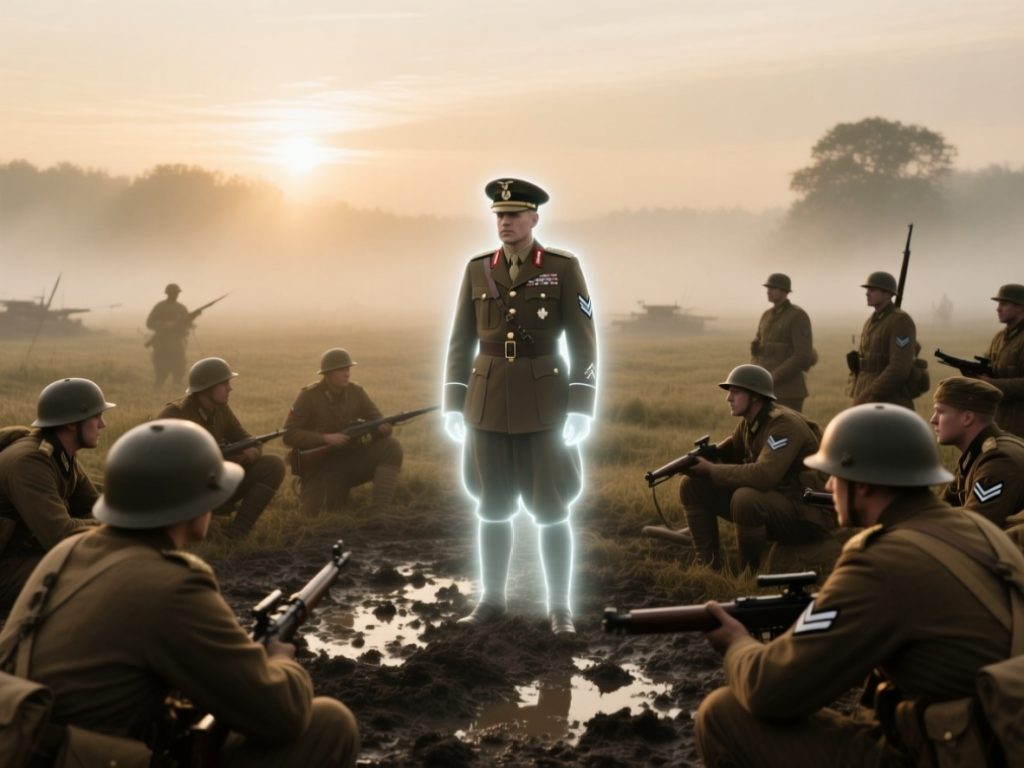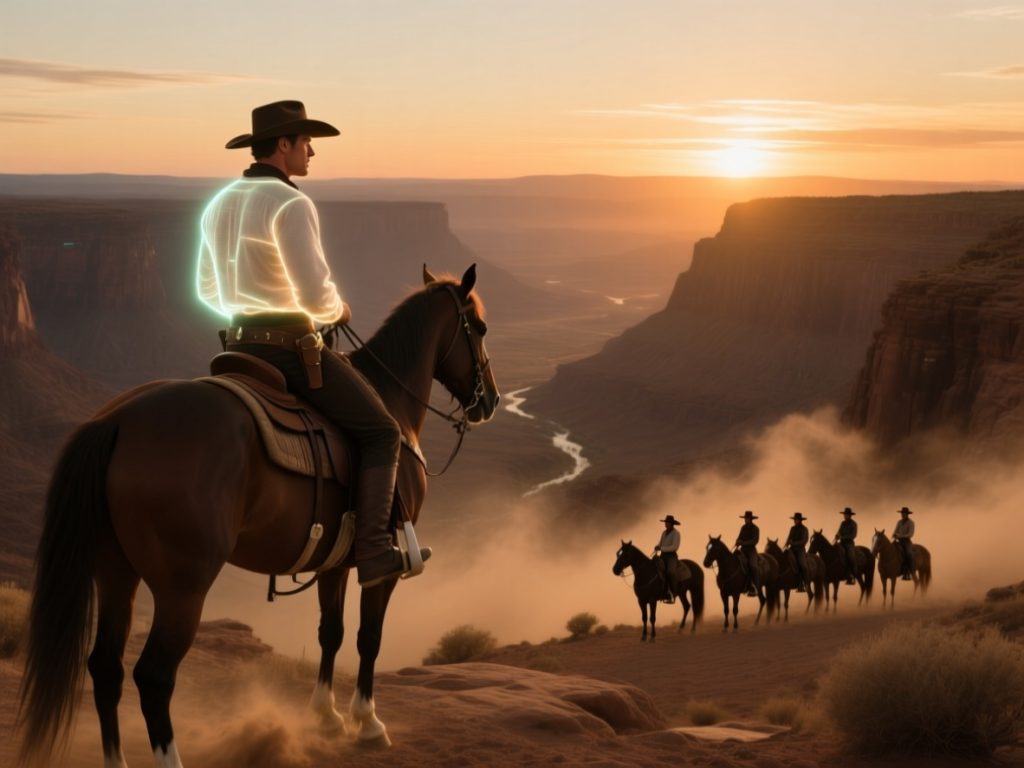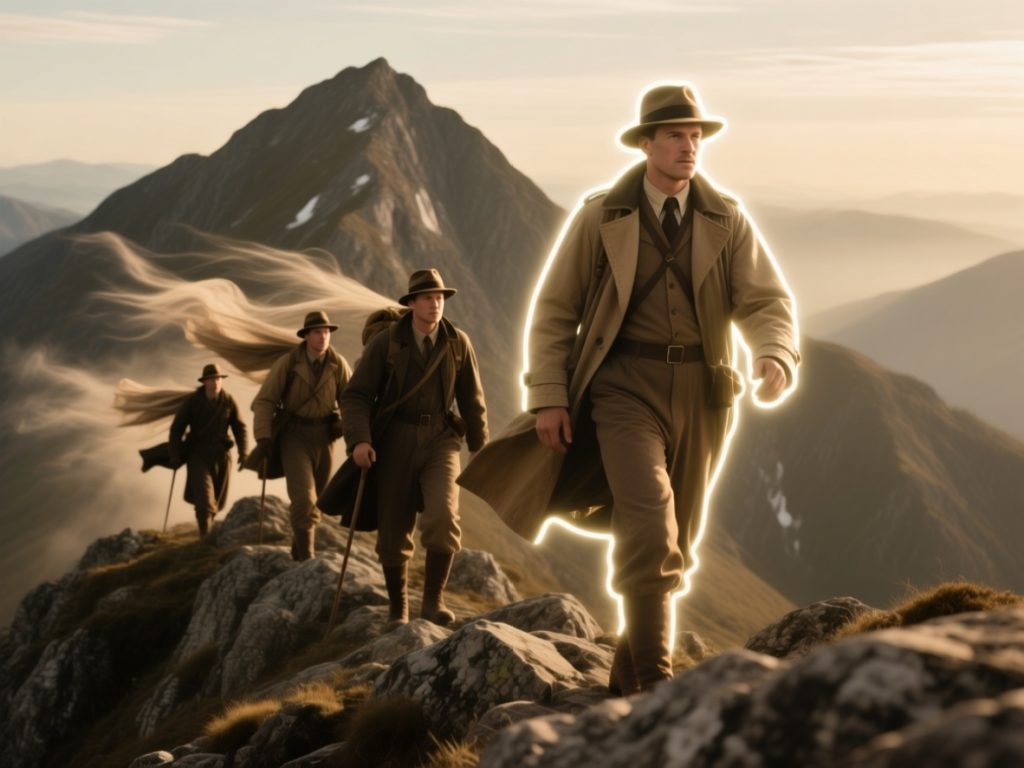The Noise and the Reality
Every week brings a new wave of outrage about AI likenesses, synthetic actors, and fake content flooding social media. Artists are angry. Actors are scared. Musicians and writers are demanding protection. And the noise keeps getting louder. But the hard truth is that there’s no undoing this. AI is here, it’s advancing fast, and no amount of shouting at it will make it disappear. The question isn’t whether we accept AI — it’s what we do about it now that it’s here.
A Shift Too Big to Ignore
AI is not a passing storm. It’s a fundamental shift in how creative and technical work will be produced, shared, and monetized for the rest of our lifetimes. Pretending we can ban it or bury it is like trying to outlaw electricity because it shocked someone. Progress doesn’t reverse course; it evolves. So instead of clinging to the illusion of control through bans and outrage, we need to build systems that keep humans visibly in the loop — systems that preserve integrity, credit, and authorship in an age where those lines are being blurred beyond recognition.
Where CAHDD™ Fits In
That’s the foundation of CAHDD™ (Computer Aided Human Designed & Developed) — a framework that encourages responsible collaboration between humans and machines. CAHDD™ isn’t anti-tech, and it isn’t pro-automation. It’s about balance and transparency — showing where human creativity begins and how technology extends it. The goal is to build trust through clarity, not fear through secrecy.

The Intellectual Property Problem
At the moment, much of the public conversation about intellectual property feels like the Wild West. On one end, we see people whose faces or voices are copied by AI systems without consent. On the other, we have corporations and estates aggressively claiming ownership over even the most distant creative references — often shutting down innovation or fair commentary in the process. Intellectual property was meant to protect the creator, not become a catch-all weapon for anyone tangentially connected to a famous name or work. When a relative five generations removed can claim a stake in something they didn’t create, while genuine artists struggle to defend their own output against algorithmic replication, something is deeply broken.
CAHDD™ takes the position that creation deserves primacy — that the act of designing or crafting something new carries more legitimate ownership value than a trickle-down claim of association. Protecting creative work shouldn’t mean fencing off imagination itself.
From Outrage to Structure
What we need now is not more lawsuits or moral panic but a shared standard of transparency. Outrage won’t fix this. Outrage is reactionary. Standards are proactive. When creators disclose how they’ve used technology — how much of a song, image, film, or design was human-crafted versus AI-assisted — it builds trust with audiences and clients. It allows credit to flow where it’s deserved and protects against both exploitation and exaggeration. That’s what CAHDD™ offers: a transparent framework that keeps humans in the loop while keeping technology honest.
The Cost of Doing Nothing
If we fail to act now, the same corporations and data giants who ignored privacy boundaries will end up writing the rules of creative authorship, too. They’ll control the models, the marketplaces, and the definitions of originality. Independent creators will lose leverage, and the audience won’t know who — or what — they’re supporting. We’ve seen this pattern before: social media promised connection, then monetized division. Streaming promised freedom, then centralized power. The AI era will repeat that pattern unless we intervene with structure, standards, and ethics.

Making AI Work for Us, Not Against Us
But it doesn’t have to be that way. AI isn’t inherently bad. It’s a tool — one capable of enhancing creativity, revealing new perspectives, and accelerating discovery. The key is who wields it and how transparently they do so. CAHDD™ recognizes that the human creative process — imagination, intuition, emotional intent — cannot be replaced. Technology can assist it, refine it, and amplify it, but it should never erase it.
Our TechRatio™ system makes that relationship visible, showing the balance between human and machine input in every work. It’s a small step toward restoring trust in a digital world that’s lost its bearings.
No Scapegoats, Just Standards
We don’t need scapegoats; we need standards. We don’t need to fear technology; we need to guide it. Complaining about AI won’t stop it, but understanding and shaping it might just save what’s best about us. That’s what CAHDD™ stands for — a practical way to turn uncertainty into accountability, chaos into clarity, and fear into framework.
A Future Worth Building
The future isn’t waiting for us to figure this out later. We’re defining it right now — not through bans or boycotts, but through deliberate, transparent collaboration between human beings and the tools they create. It’s time to quit whining and start building.
This work reflects a CAHDD Level 2 (U.N.O.) — AI-Assisted Unless Noted Otherwise creative process.
Human authorship: Written and reasoned by Russell L. Thomas (with CAHDD™ editorial oversight). All final decisions and approvals were made by the author.
AI assistance: Tools such as Grammarly, ChatGPT, and PromeAI were used for research support, grammar/refinement, and image generation under human direction.
Images: Unless otherwise captioned, images are AI-generated under human art direction and conform to CAHDD Level 2 (U.N.O.) standards.
Quality control: Reviewed by Russell L. Thomas for accuracy, tone, and context.
Method: Computer Aided Human Designed & Developed (CAHDD™).

